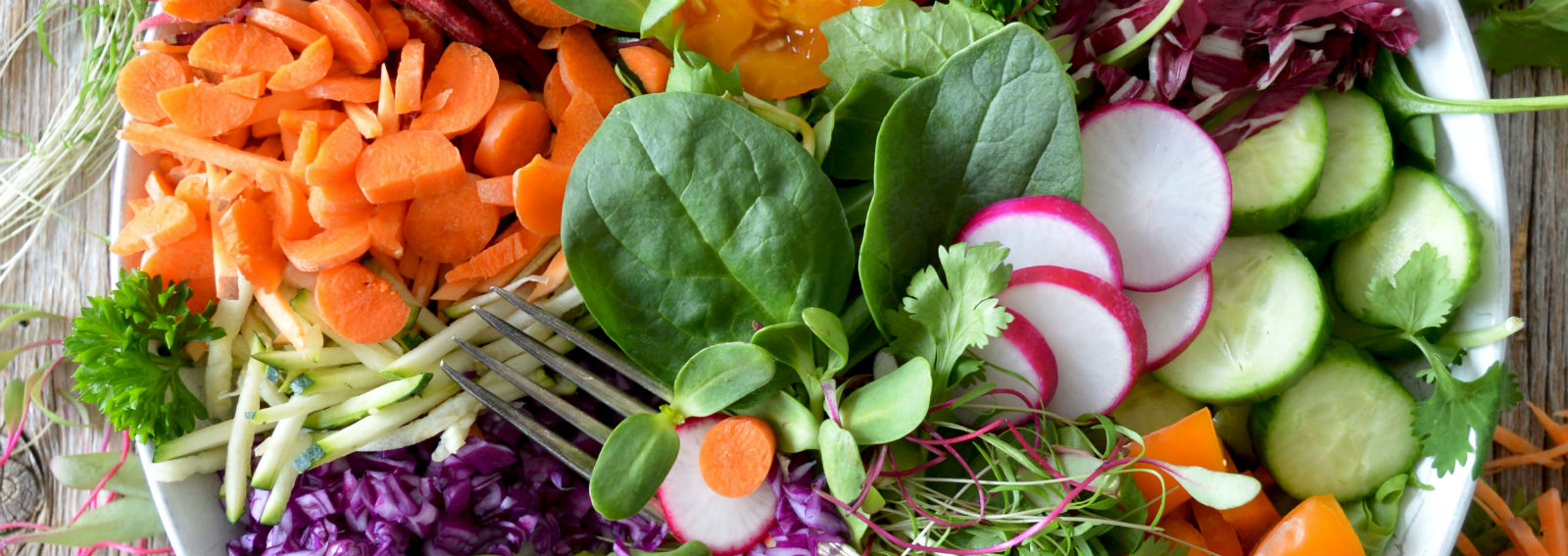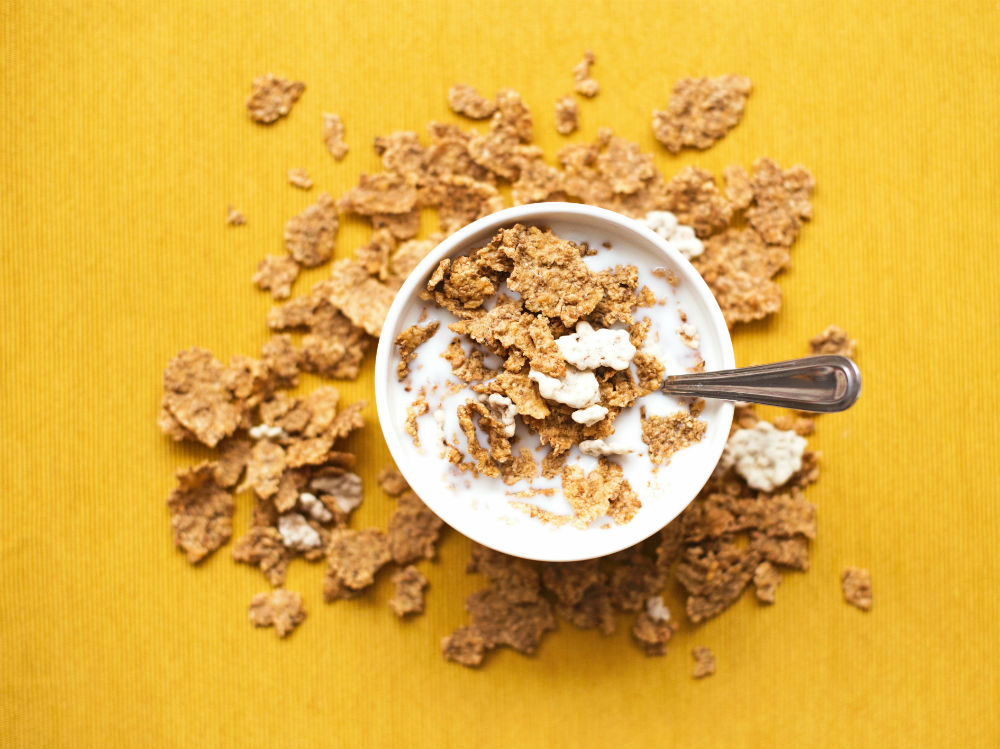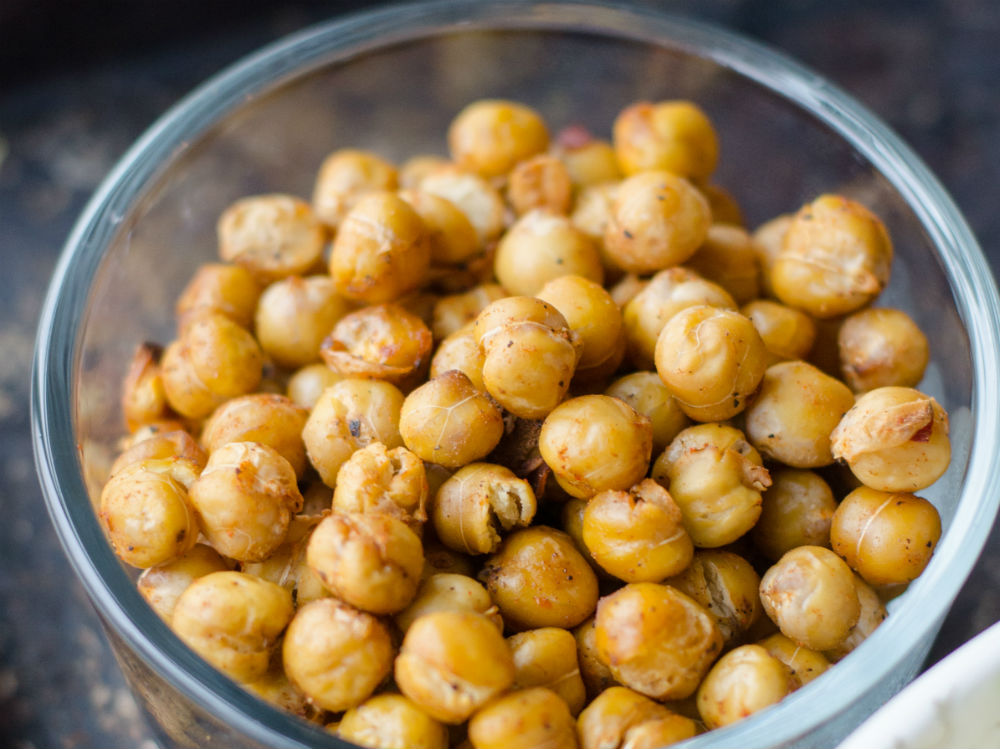

More and more studies recommend daily consumption of fiber-rich foods. But what are they and what benefits do they have?
The recommended portion according to guidelines is between 25 and 30 grams, but often due to an unbalanced diet, they are consumed in lower quantities, thus increasing the risk of diseases such as overweight, type 2 diabetes, cardiovascular diseases, and even cancer.
5 Good Reasons to Eat (More) Purple Foods
The Color Diet: How Does it Work?
What are the Foods Richest in Fiber?

The Most Fiber-Rich Foods
Meeting the daily fiber intake can be achieved by consuming a variety of foods. Aim for a couple of 100-gram servings of vegetables or three servings of whole fresh fruit daily.
Additionally, include three 70-gram servings of whole grains or their derivatives in your diet.
Legumes are also beneficial, with a recommendation of consuming 150 grams of fresh or frozen legumes, or 50 grams of dried legumes, three or more times a week.
Yes also to nuts. Nuts, almonds, and all other varieties guarantee good amounts.

What Benefits Do they Have
One of the advantages of fiber is that it slows down and reduces the assimilation of sugars and fats. Once they reach the digestive system, they create a gelatinous substance that slows down and reduces absorption, reducing the impact on blood sugar levels. Another point in their favor is that they provide satiety.
They also facilitate intestinal transit, promoting regularity.
Adequate fiber consumption is associated with a lower incidence of cholesterol and cardiovascular diseases.
They are also excellent allies of the immune system and emotional balance because they promote the growth of good intestinal bacteria.
Photo Credits: Unsplash
This article first appeared on Grazia.it – Author: Angela Altomare













